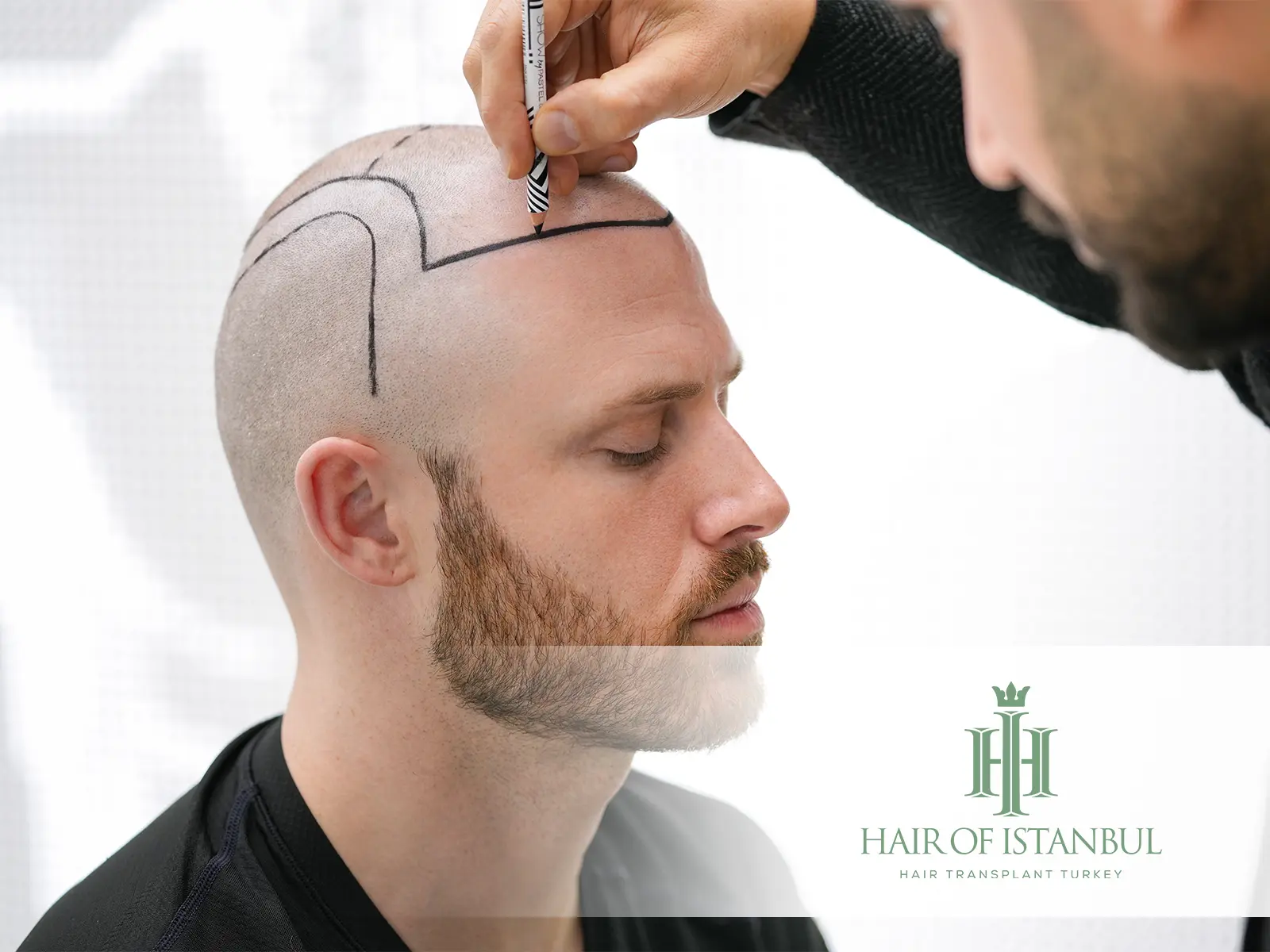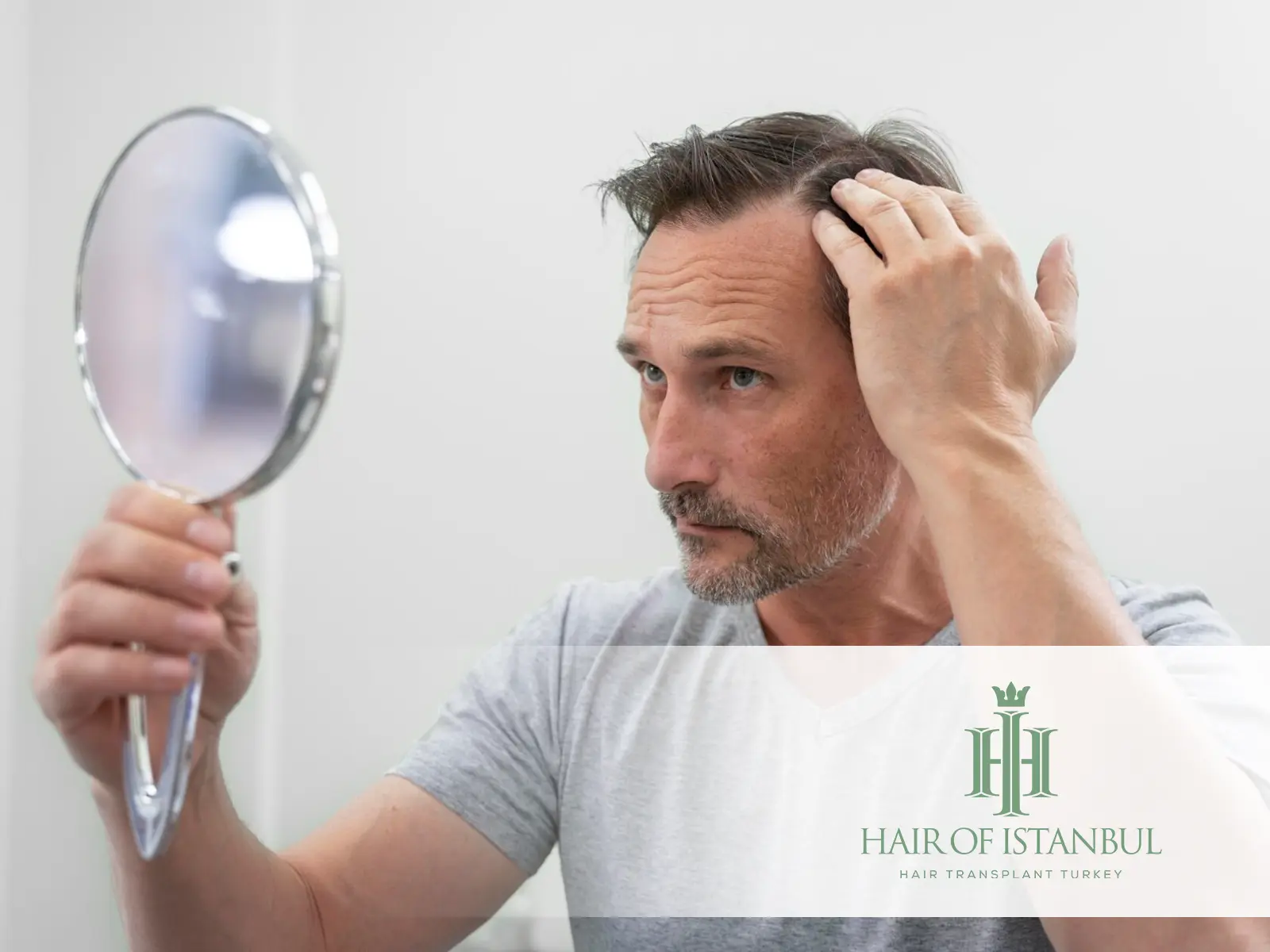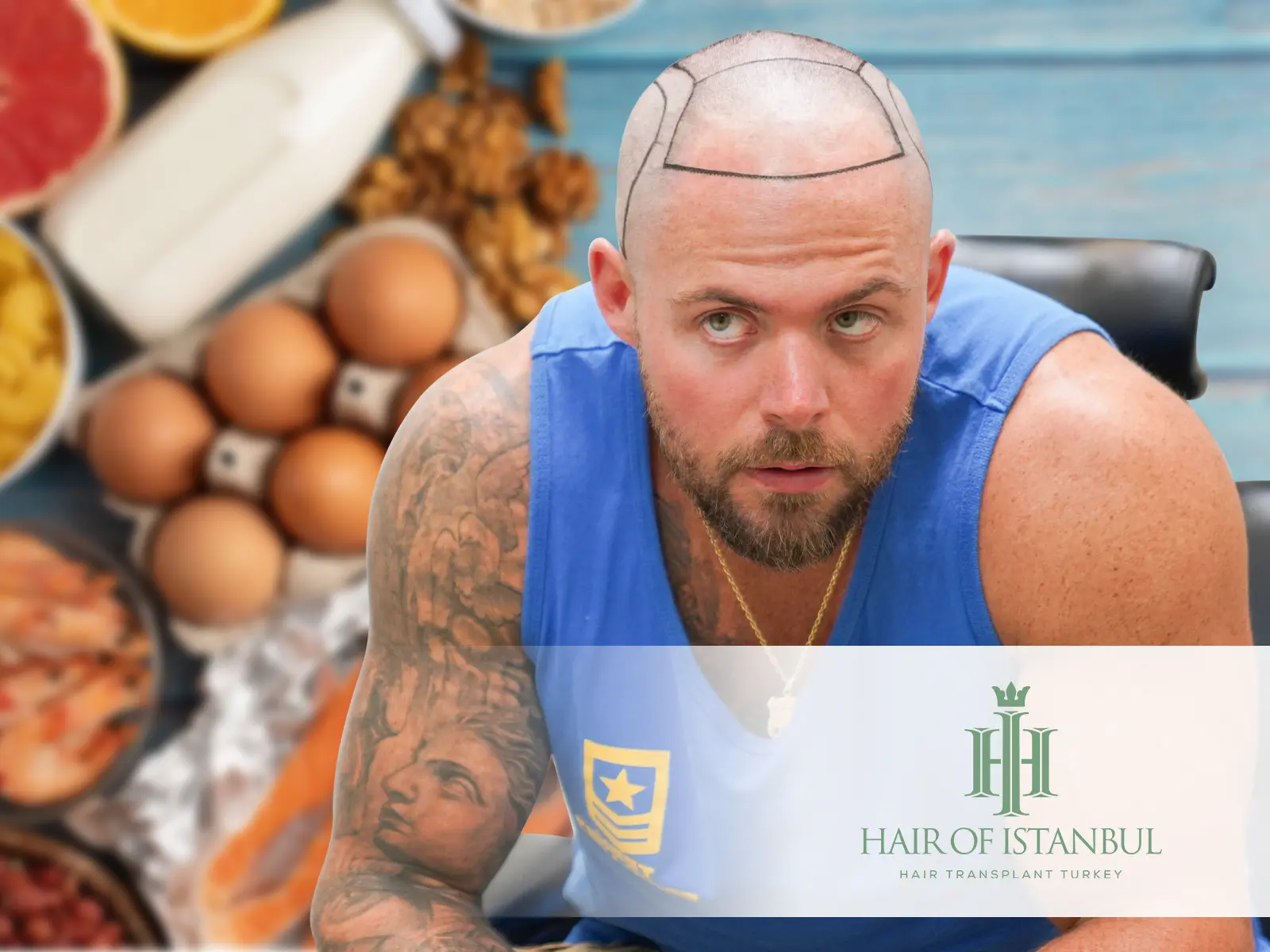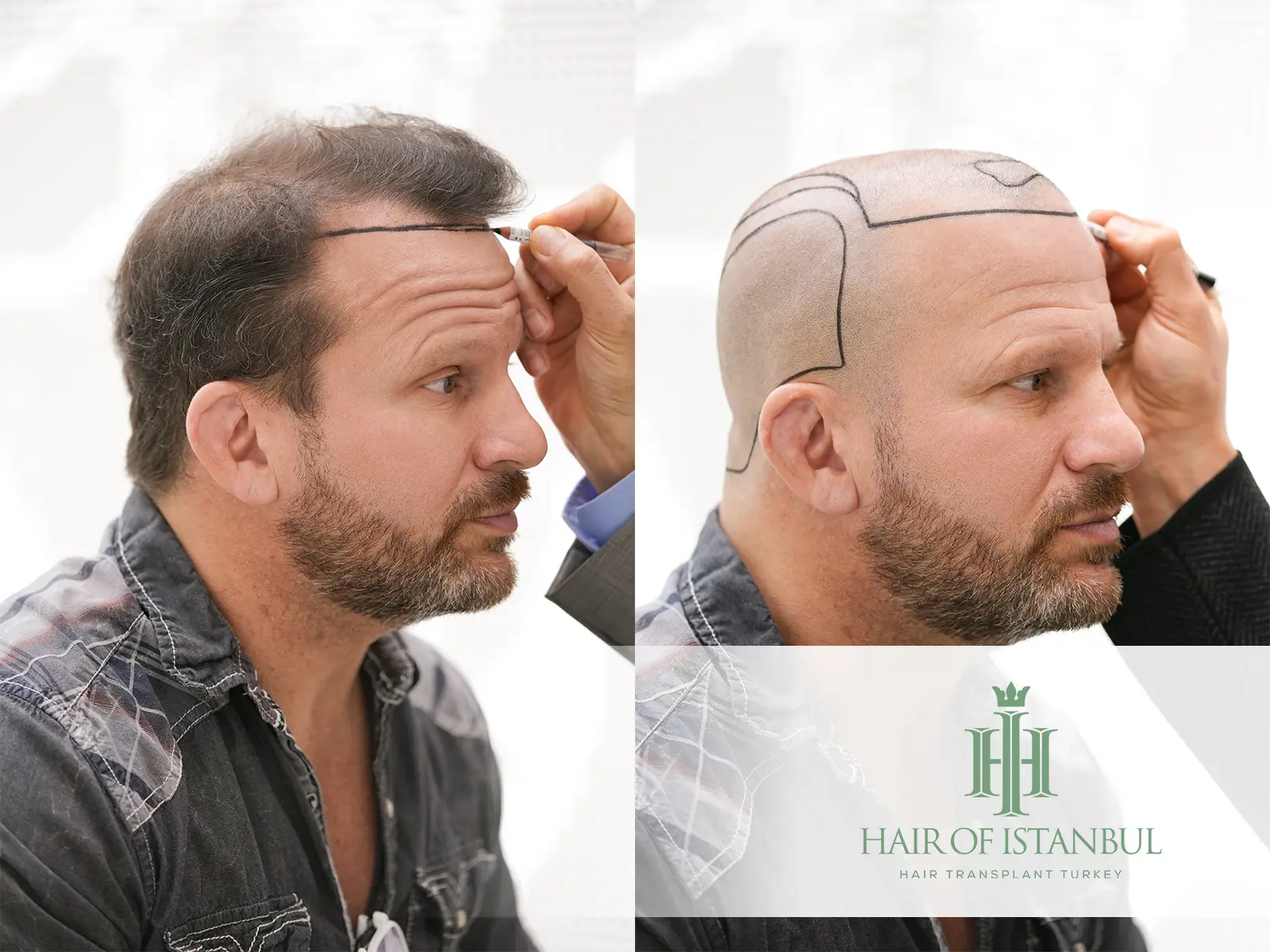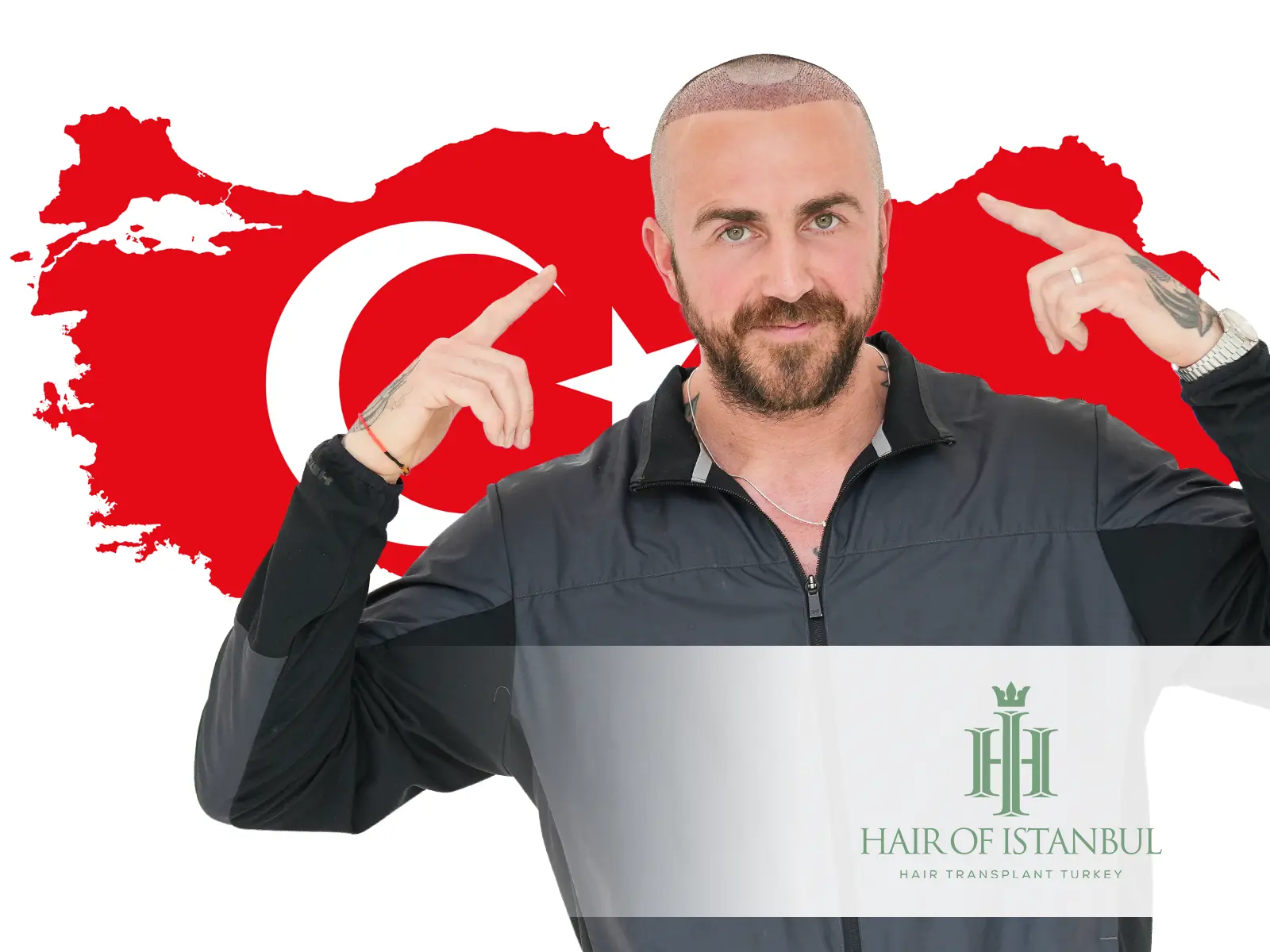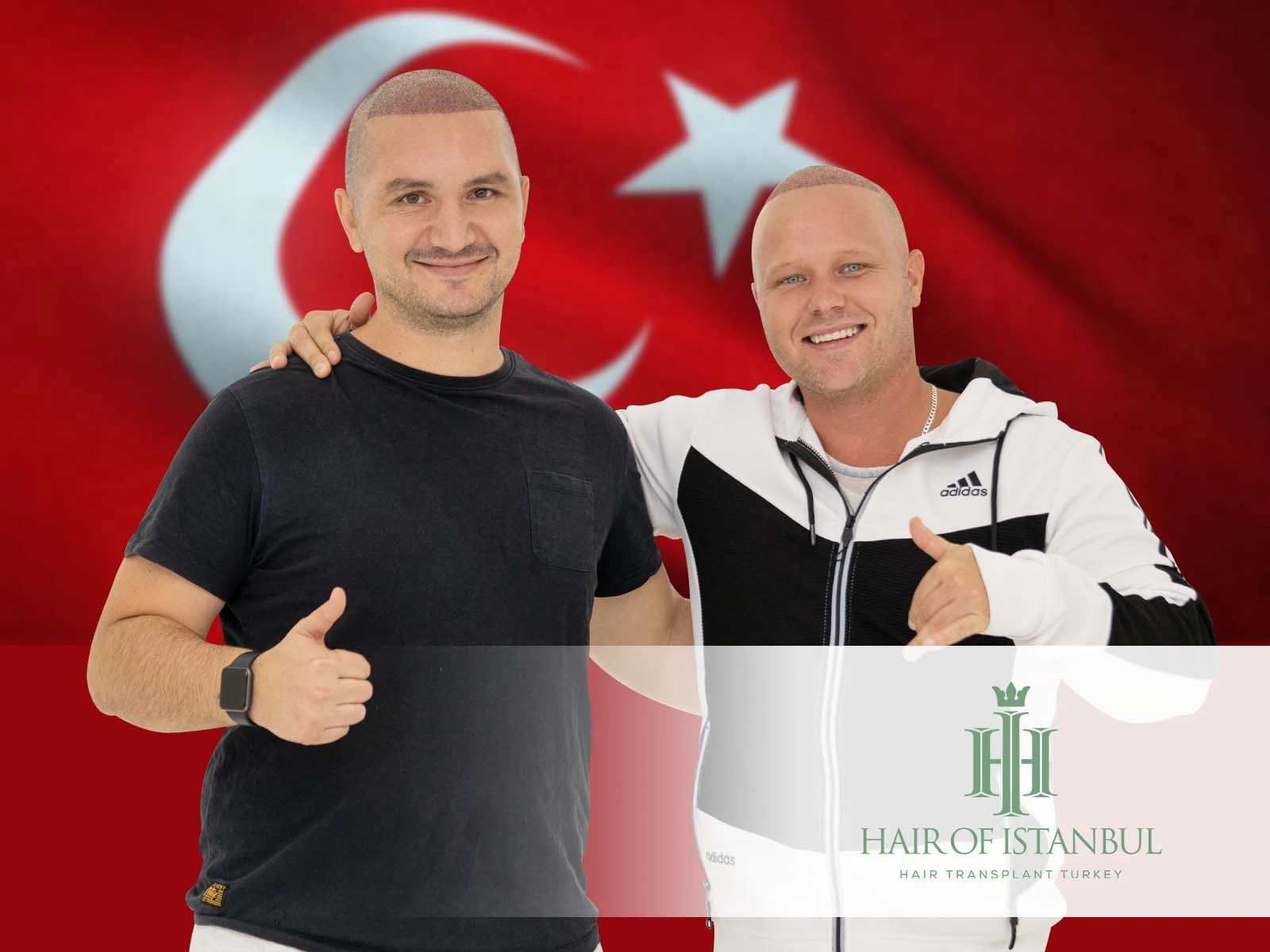Natural Hairline in Hair Transplant: The Key to a Realistic Look
A natural hairline in hair transplant is often the defining feature between a noticeable procedure and one that blends seamlessly with your facial aesthetics. While regaining lost hair is important, ensuring that the new hairline appears age-appropriate, balanced, and proportionate is what makes the difference between success and disappointment.
The journey to a convincing hair restoration result begins well before the actual procedure. It is shaped by how well a patient prepares—physically, mentally, and emotionally—and how carefully the planning phase is conducted. Each individual has a unique facial structure, and creating a natural hairline in hair transplant involves more than simply filling in gaps. It’s about artistry, precision, and personalized preparation.
Understanding the Aesthetic Role of the Hairline
The hairline frames the face and contributes significantly to one’s perceived age and expressions. A poorly designed or unnaturally positioned hairline can lead to dissatisfaction, even when hair density improves. That’s why clinics like Hair of Istanbul prioritize personalized consultations where the patient’s facial features, age, and hair characteristics are carefully reviewed.
Establishing a natural hairline in hair transplant requires an understanding of how hair naturally recedes and matures over time. For example, a perfectly straight or overly low hairline may look acceptable in youth but appear unnatural as the individual ages. Balancing aesthetics with longevity is part of a well-prepared approach.
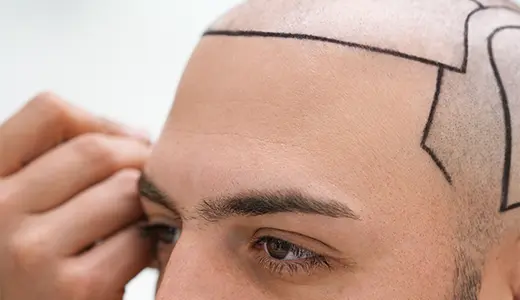
The Role of Patient-Doctor Communication
One of the most essential aspects of achieving a natural hairline in hair transplant is the initial consultation. This phase is not just for scheduling or assessments—it’s the time to clearly communicate your goals, preferences, and expectations. A trusted hair transplant clinic will listen attentively and provide feedback grounded in both experience and aesthetic sense.
Patients should feel empowered to ask questions, share photos of their previous hairlines, or even point out what they do not want. This helps the medical team create a hairline plan that is not only customized but also realistic and sustainable over time. Effective communication ensures that you and your specialist are aligned from the beginning.

Lifestyle Choices That Support Better Hairline Outcomes
Achieving a natural hairline in hair transplant is not solely dependent on surgical outcomes. How you care for your body and scalp beforehand greatly influences healing and hair integration.
Avoiding alcohol and smoking for at least a week before the procedure is widely recommended, as these habits can reduce blood circulation to the scalp. A diet rich in vitamins and minerals—particularly biotin, zinc, iron, and vitamin D—can support healthy skin and hair structure. Proper hydration and consistent sleep cycles also contribute to improved recovery and follicle performance.
When you commit to this preparation, you’re giving your body the best environment to accept and support the newly implanted hairs. These small decisions often lead to a more convincing, natural hairline in hair transplant outcomes.
Emotional and Psychological Readiness
A critical, yet often overlooked, aspect of preparation is emotional readiness. Patients may expect immediate perfection or compare their progress to others, leading to anxiety. However, the process of establishing a natural hairline in hair transplant is gradual.
Understanding that final results take months to become fully visible helps set healthy expectations. This clarity prevents premature disappointment and allows for patience throughout the recovery journey. Clinics such as Hair of Istanbul often provide comprehensive guidance on what to expect emotionally and visually post-procedure.
Being mentally prepared improves satisfaction and promotes better adherence to aftercare, which ultimately supports a more stable and realistic hairline.
Before and After Hair Transplant Visual Comparison
One of the most insightful ways to understand what a natural hairline in hair transplant looks like is through before and after hair transplant galleries. These images showcase how the hairline interacts with the overall facial expression, head shape, and age.
Natural transitions, subtle curves, and soft edges are hallmarks of expert design. Visual references also allow prospective patients to visualize realistic outcomes, helping align their expectations with possible results. The transformation doesn’t lie only in hair density but also in how seamlessly the hairline fits the face.
Bu gönderiyi Instagram’da gör
Hairline Considerations for Female Patients
A natural hairline in hair transplant is not exclusive to male patients. Women experiencing hairline thinning or recession may also seek restoration. For those considering hair transplant for women the aesthetic approach is slightly different, often focusing on symmetry and density rather than complete redesign.
Understanding hair distribution patterns specific to women is important. Proper preparation in these cases involves discussing how hairlines evolve with hormonal changes and identifying areas where density restoration offers the most natural look.
Natural Hairlines in Different Hair Types
Patients with textured or curly hair, such as those seeking an afro hair transplant, require tailored approaches to maintain natural curvature and growth direction. While this blog avoids technical details, it’s important to recognize that preparation still plays a role especially in setting expectations for outcomes in unique hair types.
Ensuring a natural hairline in hair transplant for all hair textures begins with understanding your scalp, density needs, and long-term appearance goals.
Bu gönderiyi Instagram’da gör
Post-Procedure Reflection Starts with Pre-Procedure Planning
While most people focus on post-operative care, the reality is that thoughtful planning before surgery has the greatest impact on the final look. Following professional guidance from clinics such as Hair of Istanbul increases the chances of a naturally formed hairline.
Long-term satisfaction often comes not from density alone, but from the subtleties that make the hairline believable. Details like softening the edges, respecting the original hair growth angle, and designing a pattern that ages naturally are all outcomes of good preparation.
These goals are only achievable when the natural hairline in hair transplant is considered a priority from the very beginning.
Conclusion
The goal of any hair transplant should be more than just regaining hair—it should be about creating a hairline that feels like your own. Achieving a natural hairline in hair transplant requires foresight, personal engagement, and preparation across multiple dimensions: aesthetic, emotional, and lifestyle.
With the right support, planning, and mindset, you can ensure that your restored hairline doesn’t just fill in space—it enhances your face. For personalized consultations and expert guidance, consider partnering with trusted providers like Hair of Istanbul.

